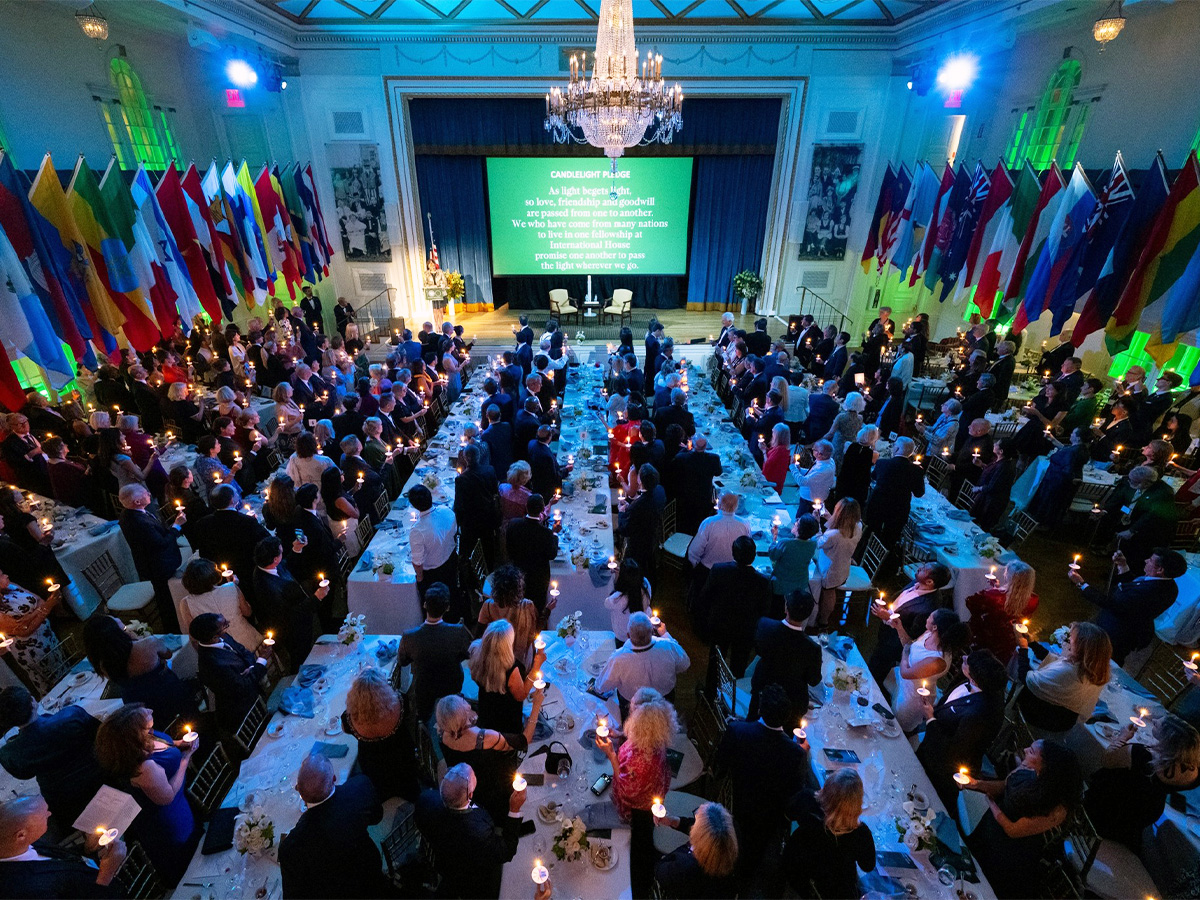The International House (New York City, New York)
On September 15, 2024, the International House of New York City turned 100 years old. This institution proves the power of architecture and design not just to change lives but to even help change the world.
The International House was an idea conceived by Harry Edmonds, who upon casually greeting a Chinese student on the stairs of Columbia University, learned from the student that he was the first person to speak to him during his six weeks of being in New York. Mr. Edmonds and his wife Florence began to invite international students to their home for a “Sunday Supper” every month. The lively interchange of ideas and cultural perspectives made Edmonds feel that an entire institution should be built around that concept. He took the idea to two wealthy philanthropists, John D. Rockefeller Jr., and Cleveland Dodge, and these two men agreed to finance the construction of a dormitory for a mix of 500 international and American graduate students located at 500 Riverside Drive, just east of Riverside Park and just north of Sakura Park and the Riverside Church. Amazingly, the descendants of these two men still serve on the board of the International House of New York (or “I-House” as it is affectionately known) four generations and 100 years later.

Group Photo of Attendees
The interesting thing about the proposal for the dormitory is that the student rooms were designed to be tiny, just barely large enough to serve as bedrooms, while the shared facilities (gym, main lounge, cafeteria, library, and other facilities) were designed to be grand and even palatial. The effect of this design decision was to push the students out of their cramped personal spaces and into the shared spaces where they could get to know students from different areas of study, different countries, and different perspectives. For 100 years this simple idea has worked beautifully and countless lifelong friendships, successful business partnerships, and marriages have been the result. The Sunday Supper Harry and Florence Edmonds began more than a century ago and is still a quarterly event that is held in the International House’s lavish high-ceilinged ballroom, where an emotionally moving ceremony of “passing the light” occurs starting with a single candle until the entire room is illuminated. The young men and women are then asked to carry that light of friendship and understanding back to their home communities as they leave I-House to enter the working world.

The International House Sunday Supper
The simple idea of bringing people of different cultures together to live under a single roof, and then encouraging them to leave their private quarters and commune in the more spacious and comfortable shared facilities is a wonderful example of the power of well-planned architecture. The idea of cultural understanding and international friendship is perhaps even more important today than it was in the period after World War I when the house was first founded, designed, and constructed and the idea of I-House is still as functional today as it was then as the design came from a clear understanding of human wants and nature. Let us hope that the institution continues to achieve its mission as far into the future as that mission is relevant!
Ross Sinclair Cann, AIA is a historian, educator and practicing architect. He is the Founding Principal of A4 Architecture in Newport, Rhode Island and holds architecture degrees from Yale, Cambridge and Columbia Universities. He lived at the International House for three years while he was studying at Columbia and met his wife there. He continues to serve on the World Council of the International House, which convenes bi-annually to advise the House board and leadership
